The "cultural cores" in villages and hamlets
The soulful sounds of the Tinh lute, the Then singing, the Co waves, the simple love songs... in remote villages and hamlets are the voice of the heart, the desire to preserve the cultural soul of the ethnic minority communities in the highlands of Quang Ninh . And there, the folk art clubs are playing the role of cultural owners and cultural nuclei.
Arriving at Trang Luong commune (Dong Trieu city) on a day in mid-May, we had the opportunity to immerse ourselves in the smooth Then melodies, mixed with the rustic Tinh lute sounds of the Then - Tinh lute singing club here.
Stopping his instrument after a passionate Then singing, Mr. Vi Van Tinh, Head of the Then singing - Tinh lute club of Trang Luong commune, shared: I grew up with the Then singing of my grandparents. But looking back, the young generation today is indifferent to Then singing, and we artists are getting older and weaker every day, I can't help but feel sorry. That's why we worked together to establish the Then singing - Tinh lute club.
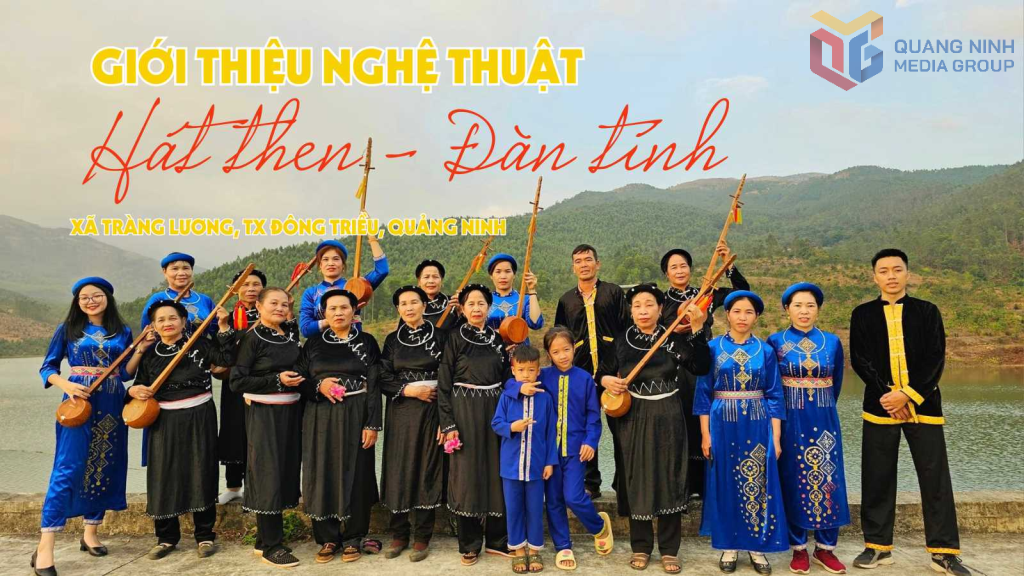
Trang Luong Commune's Then-singing and Tinh-lute Club was established in 2017, initiated by Mr. Vi Van Tinh - a son of the Tay ethnic group who is always worried about "losing the soul" of his heritage. Since its establishment, the Club has become a place to preserve and develop smooth Then melodies, the beauty of the soul and culture of the people here. The sound of Tinh-lute and Then singing still resounds every day in every family and is refined more smoothly every weekend afternoon when the members of the Then-singing and Tinh-lute Club practice together.
Not only stopping at practicing, the Club also actively participates in performing at festivals and art festivals, contributing to bringing the art of Then singing - Tinh lute closer to the community.
Trang Luong Commune's Then Singing and Tinh Instrument Club currently has more than 40 members of different ages. They join not for the title, nor for material benefits, but because of an unconditional love for the nation's cultural heritage. Ms. Vi Thi Ngoc (born in 1993), a club member, shared: I am not a good singer or a good musician, but I always try my best. I hope that in the future my children and grandchildren will still be able to listen to Then melodies as I once listened to my grandmother sing.
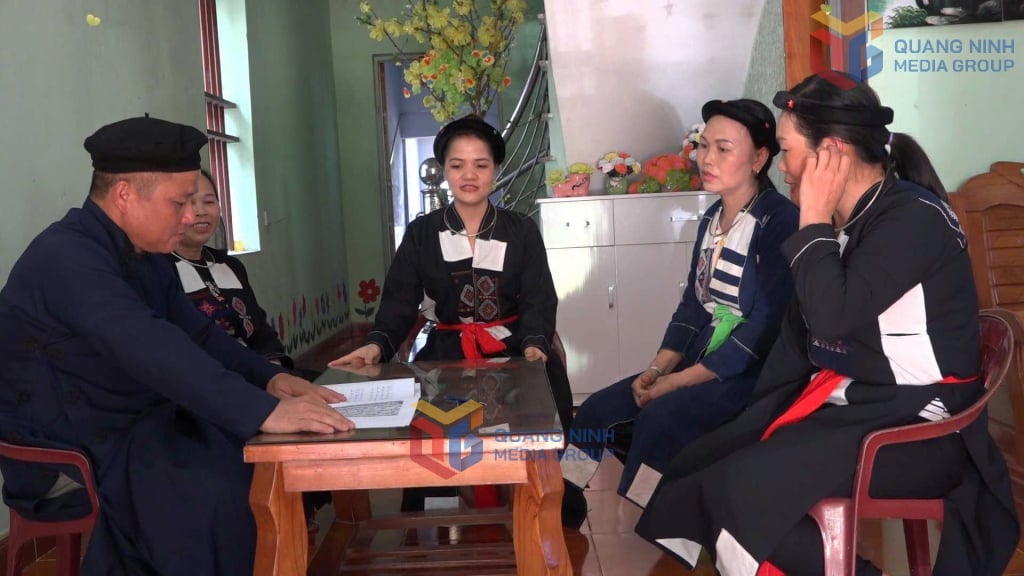
In Thanh Son commune, Ba Che district, the San Chi people's soong co tune still resounds regularly in every house, in the fields, and in the streams. The melodious, deep and gentle soong co tunes spread throughout the mountains and forests, associated with every activity in the lives of the San Chi people here.
We visited the house of Folk Artist Luc Van Binh, Head of the Thanh Son Commune Co Soong Singing Club in Khe Put village in the last days of May, when the Club was holding activities at his house.
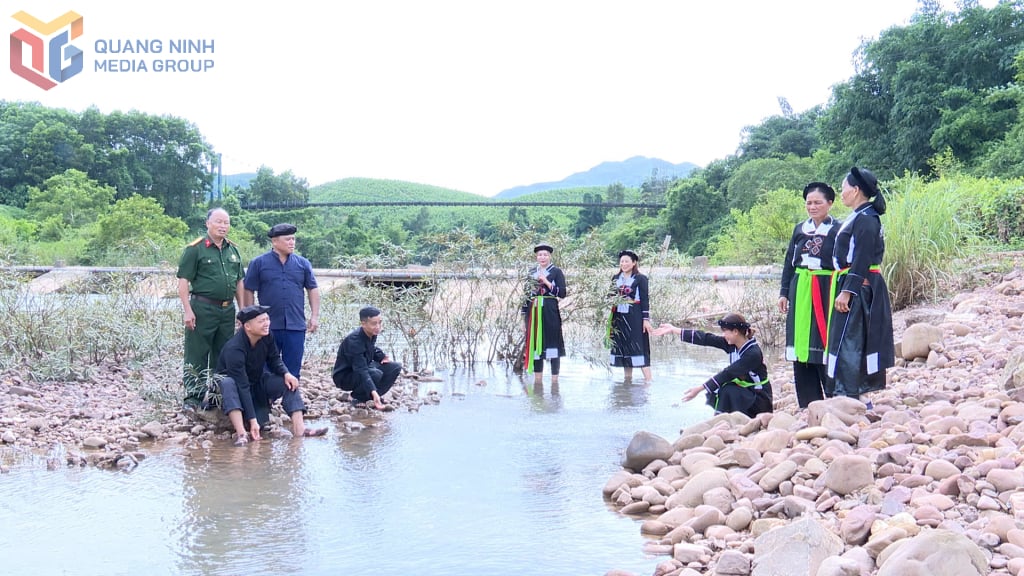
At the meeting, the club members enthusiastically contributed ideas to compose lyrics for some songs. Together, they sang cheerful and affectionate songs with many nuances and levels of emotion. Each song and lyrics of the members were adjusted and refined by artist Luc Van Binh to be smoother, more melodious, or deeper with each level of emotion.
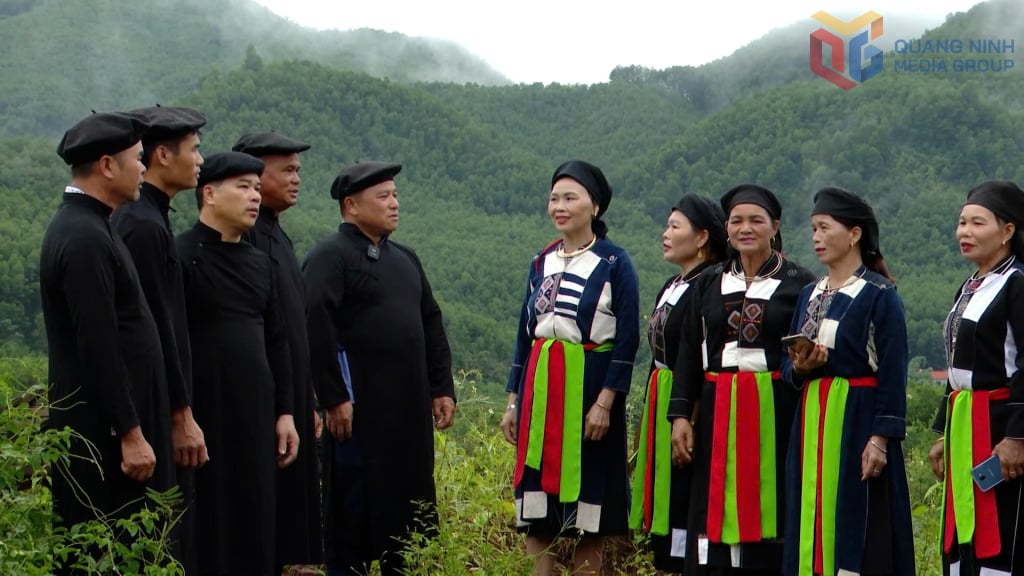
Artist Luc Van Binh shared: We sing Song Co all year round, when wishing each other a happy new year, at weddings, at courtship, or simply to express our feelings. The club members and I still maintain regular activities, despite the lack of facilities. The activities are an opportunity for us to exchange and teach experiences and skills for each tune and song. Not only singing together, the club members are always active in connecting the community, preserving and promoting the traditional cultural values of the nation.
It is known that the Thanh Son Commune Soong Co Singing Club, chaired by artist Luc Van Binh - who has spent nearly 10 years restoring and maintaining this unique cultural feature, currently has 16 members, middle-aged and many young. They come together with a common passion, together preserving the lyrics and melodies of their ancestors. Soong Co is not only love songs, good wishes on holidays and Tet, but also a way for the soul to be expressed, love blossoms through each couplet. In addition to practicing to perform, members of the Thanh Son Commune Soong Co Singing Club are also actively collecting old lyrics, composing new lyrics praising the Party, Uncle Ho, love for the village, the homeland, the country...
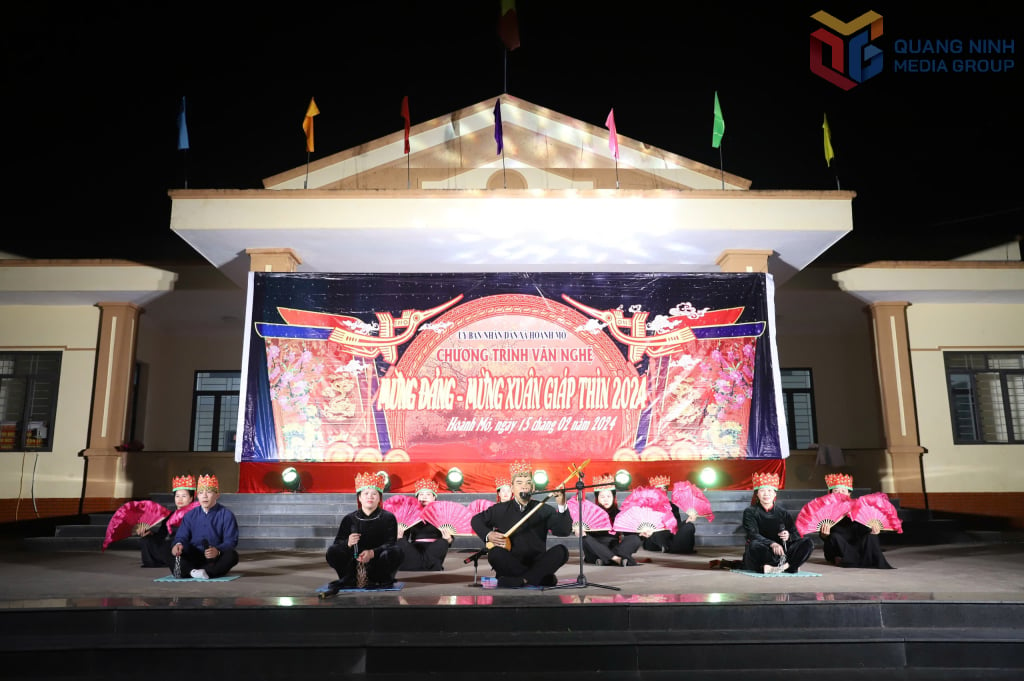
Connecting the present, preserving the future
Not only in Dong Trieu and Ba Che, the folk art club model is being strongly developed in most localities in the province. In Binh Lieu, folk art clubs have developed strongly. The district currently has a total of 13 clubs, including 6 commune-level clubs and 7 village and area-level clubs. Each commune-level club has 20-30 members; village and area-level clubs have 15-20 members participating in activities, regularly organizing exchanges, participating in competitions, performances, and exchanging and learning from each other. Thereby, creating a healthy cultural space, meeting the needs of entertainment and cultural enjoyment of local people, preserving and promoting national cultural heritage.
The Center for Communication and Culture of Binh Lieu district has coordinated to open dozens of advanced classes on Then singing, Tinh lute, and folk dance for members of folk art clubs taught by Meritorious Artists and Mining Region Artists. The teaching method is a harmonious and smooth synthesis of many genres, such as excerpts from ancient Then, new Then, basic dances in ancient Then performances...
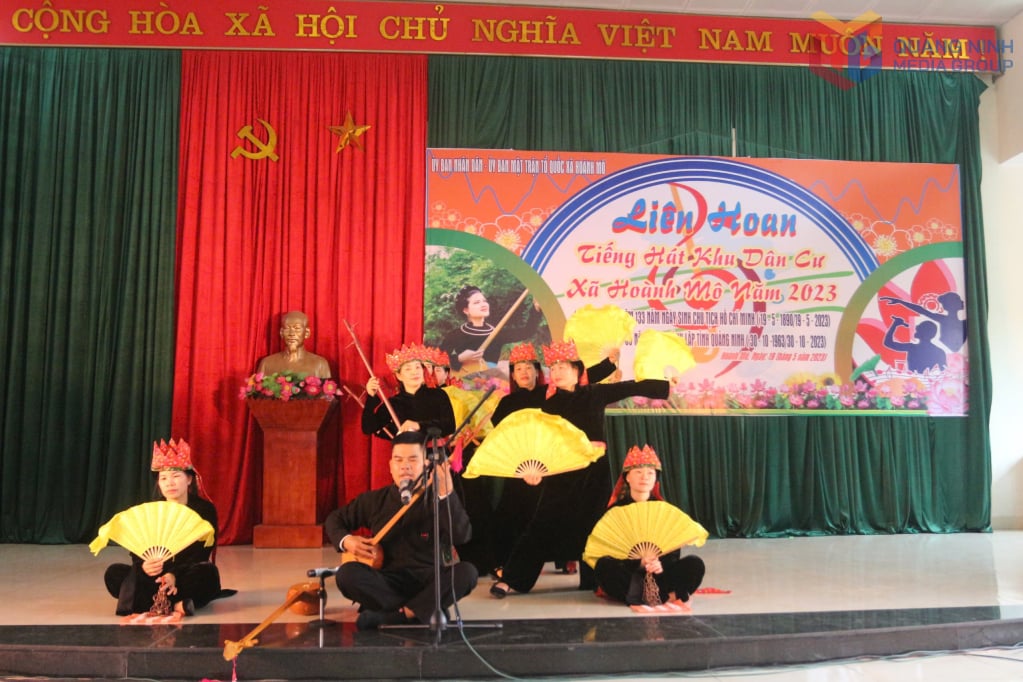
In particular, this content has been included in extracurricular activities in schools. Students of the Binh Lieu District Boarding School for Ethnic Minorities wear traditional costumes in the flag-raising ceremony, participate in wrapping “banh gu” and “banh coc mo”, perform folk songs... not only for fun, but also to live with the cultural heritage of their nation. The clubs become a bridge between the old and the young generations, between the past and the future. Thereby, the awareness of preserving cultural identity is no longer a slogan, but is truly spread from the heart to action.
In Ba Che district, 12 classes have been restored and opened to teach intangible cultural heritage to 320 people to sing folk songs, embroider patterns of the Dao ethnic group, sing soong co of the San Chi ethnic group, sing then - play tinh of the Tay ethnic group... At the same time, 3 clubs of singing soong co, 2 clubs of singing in response of the Dao ethnic group, 1 club of singing then - play tinh of the Tay ethnic group, 2 clubs of brocade embroidery of the Dao ethnic group have been established, with more than 230 people participating in activities.
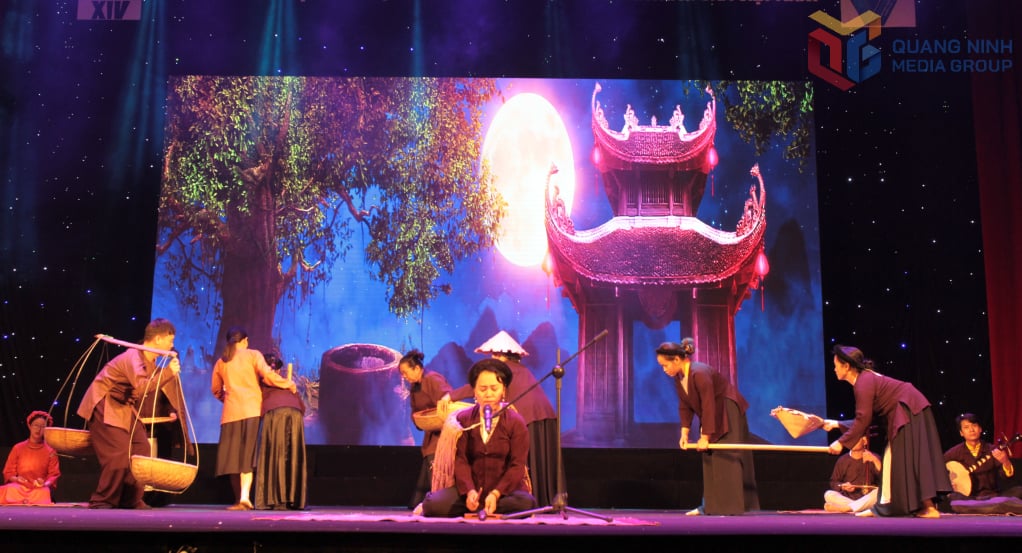
From the folk art clubs in remote villages and hamlets, there have been hundreds of artisans and thousands of students being taught. Many artisans have been awarded noble titles by the State, such as Meritorious Artisan, Folk Artisan... The most important thing is that folk melodies and lyrics are no longer lost, but are alive in every beat of everyday life.
Folk art clubs operate actively and regularly, and are associated with local cultural and tourism events, not only helping to preserve the nation’s heritage, but also becoming a highlight to attract tourists. Many clubs have brought their songs and voices to perform in inter-provincial and national festivals, promoting the image of Quang Ninh throughout the country.
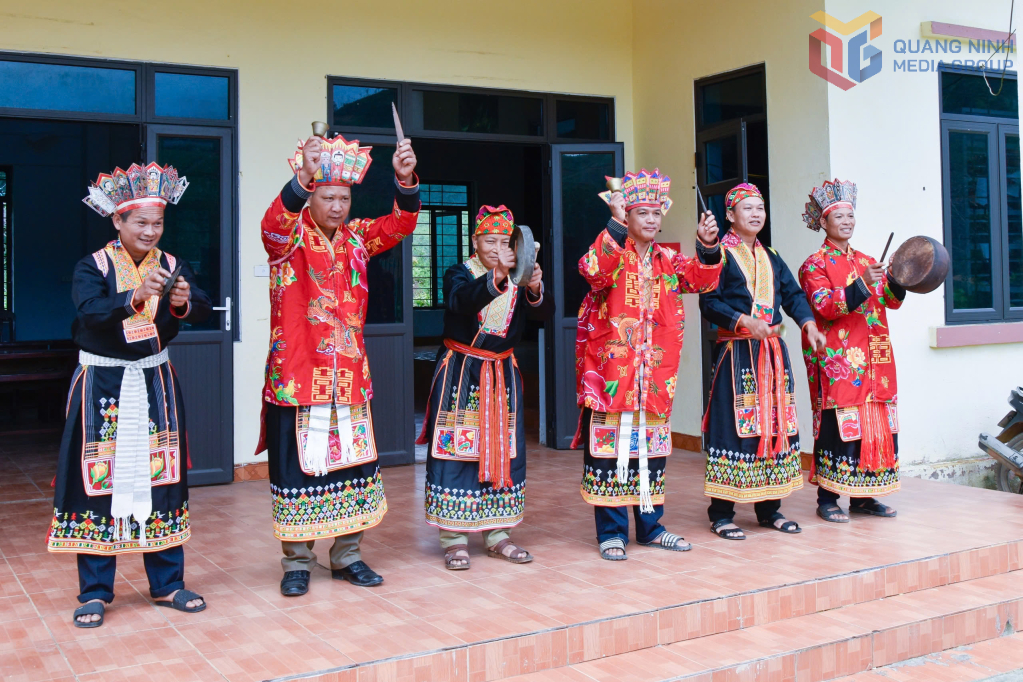
Up to now, there have been no complete statistics on the number of folk art clubs in the province, but one thing is certain: the clubs exist in many diverse forms. In localities in the province, the clubs are under the management of the organization of literature and art, folk art, women's association, or the People's Committee of the communes. The Quang Ninh Folk Art Association has also established and supported professional activities for 48 clubs, including many ethnic minority art clubs.
The strong development of folk art clubs in the highlands of Quang Ninh is a clear demonstration of the strong vitality of folk culture and arts. Not only are these clubs places for cultural activities, they have been fanning the flame of preserving identity, inspiring the younger generation, and turning “intangible resources” into resources for sustainable economic and tourism development, rich in identity.
Source: https://baoquangninh.vn/danh-thuc-vai-tro-cua-nhung-chu-nhan-van-hoa-3359643.html




![[Photo] Vice President Vo Thi Anh Xuan, French President Emmanuel Macron and his wife visit Hanoi University of Science and Technology](https://vphoto.vietnam.vn/thumb/1200x675/vietnam/resource/IMAGE/2025/5/27/267b6f2bdf3e46439f081b49f6ec26b1)


![[Photo] Hungarian President begins official visit to Vietnam](https://vphoto.vietnam.vn/thumb/1200x675/vietnam/resource/IMAGE/2025/5/27/ab75a654c6934572a4f1a566ac63ce82)
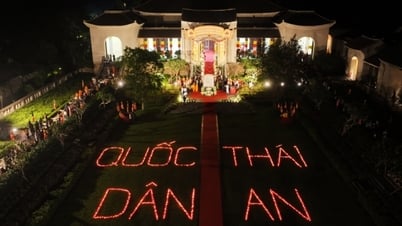
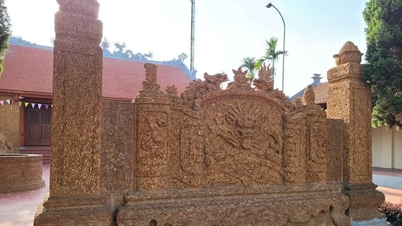





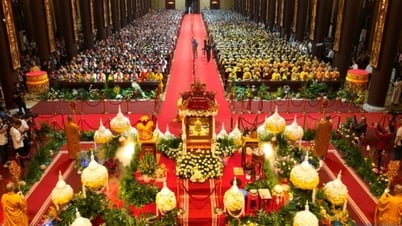
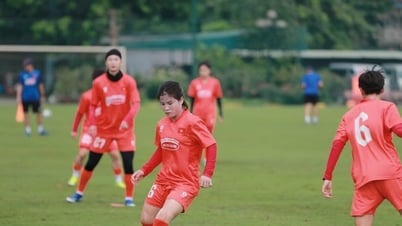




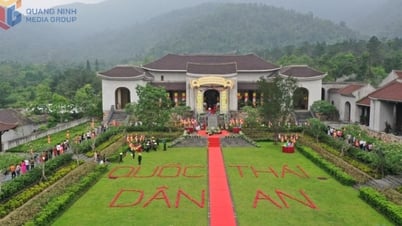

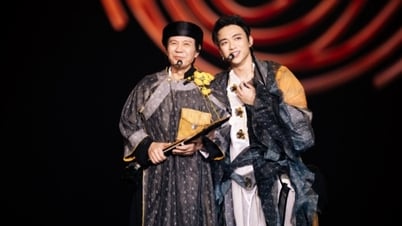
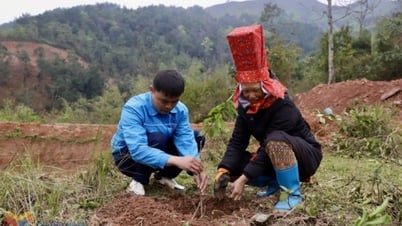


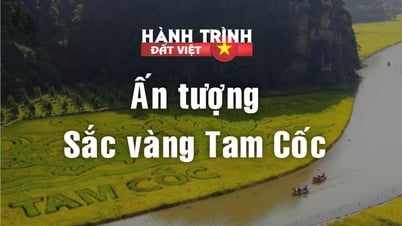

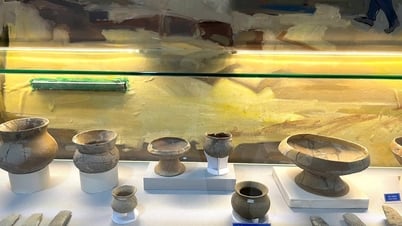

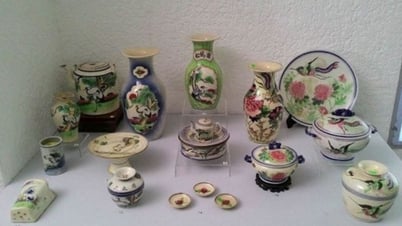

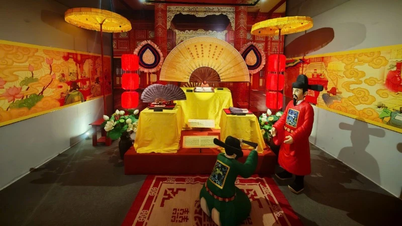

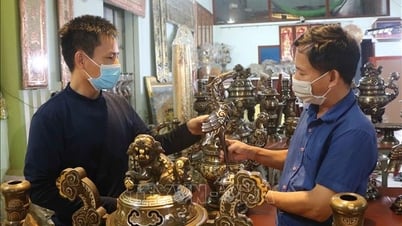
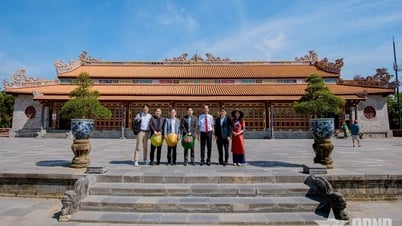

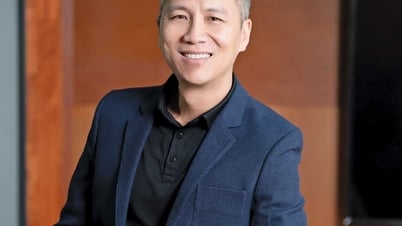

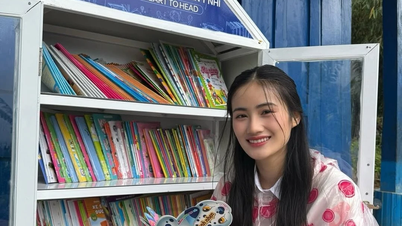

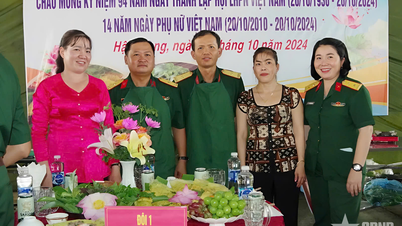
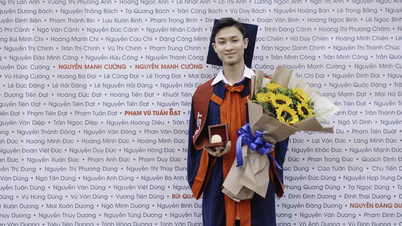

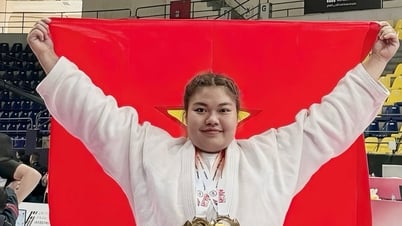



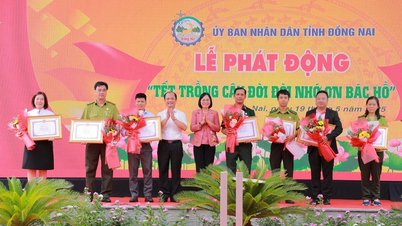




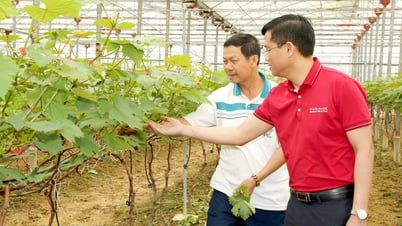


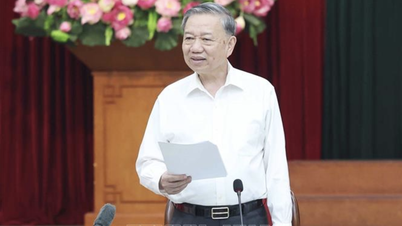


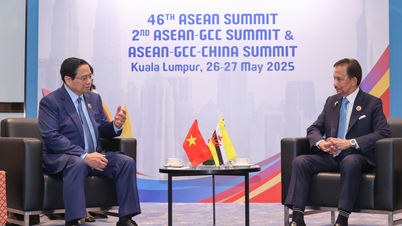

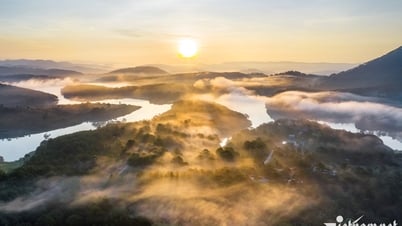




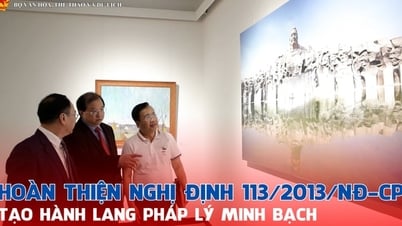
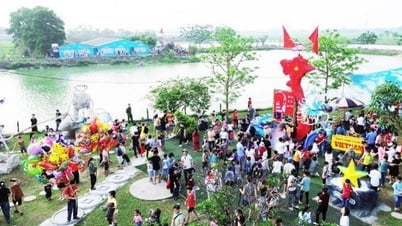


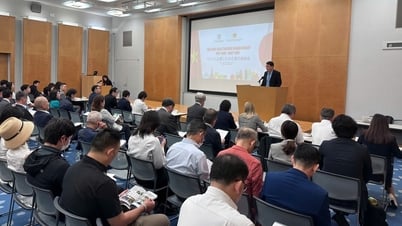
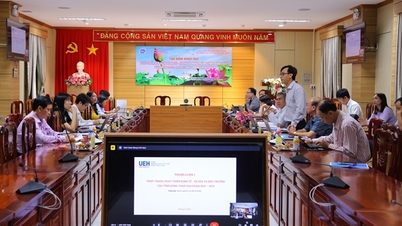
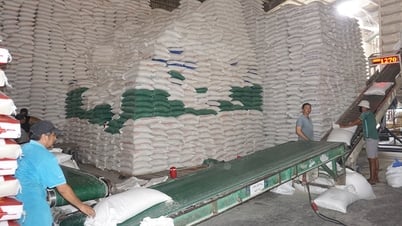
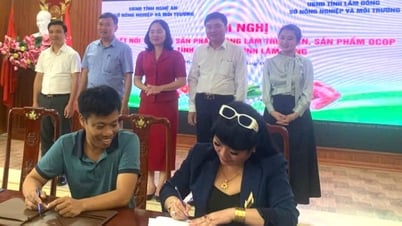



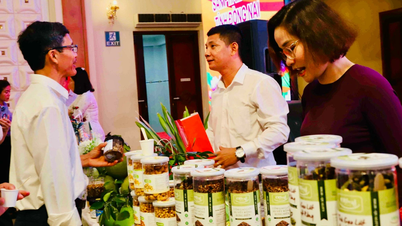

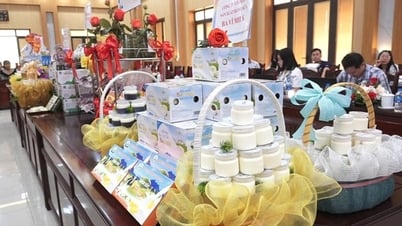
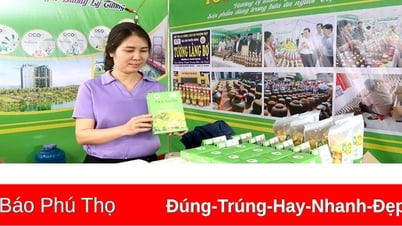

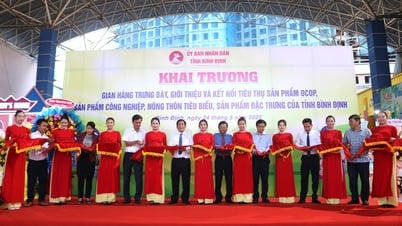

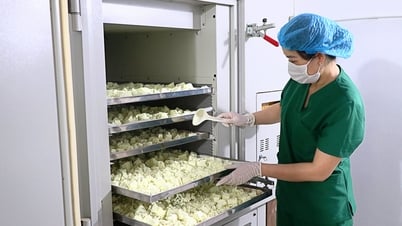



Comment (0)